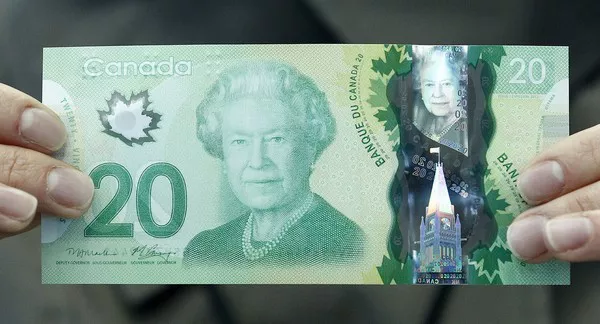The USD/CAD pair continued its upward trajectory for the fourth consecutive session on Tuesday, trading around 1.3690 during European hours. The Canadian Dollar (CAD), heavily influenced by commodity prices, is under pressure due to falling oil prices, as Canada remains the largest oil exporter to the United States.
Oil Price Decline
West Texas Intermediate (WTI) crude oil extended its losses for the third straight session, trading at approximately $80.30 per barrel. The decline is attributed to a slowing Chinese economy, which has reduced demand from the world’s largest oil importer. China’s Gross Domestic Product (GDP) growth slowed to 4.7% year-over-year in the second quarter, down from 5.3% in the first quarter and below the expected 5.1%. The National Bureau of Statistics (NBS) reported that while China’s economy remained stable in the first half of the year with a 5.0% growth, it faces significant external uncertainties and domestic challenges in the latter half.
Canada’s Economic Outlook
Traders are now keenly awaiting the release of Canada’s Consumer Price Index (CPI) inflation data, which will be pivotal in determining the Bank of Canada’s (BoC) monetary policy direction. Following a quarter-point rate cut in June, further rate cuts could be influenced by the upcoming CPI data.
US Economic Indicators
On the US front, Federal Reserve Chair Jerome Powell’s recent remarks added optimism, suggesting that inflation is moving toward the Fed‘s target sustainably, potentially paving the way for future rate cuts. Similarly, Fed Bank of San Francisco President Mary Daly noted that inflation is cooling down, reinforcing confidence in reaching the 2% target. However, she emphasized the need for more data before making any rate decisions.
According to the CME Group’s FedWatch Tool, there is now an 85.7% probability of a 25-basis point rate cut at the September Fed meeting, up from 71.0% a week ago. Investors are also closely monitoring the US Retail Sales data for June, due later in the day, for further insights into the US economic landscape.
As the market digests these developments, the interplay between oil prices, economic data, and central bank policies will continue to shape the USD/CAD exchange rate dynamics.
Related Topics:


























